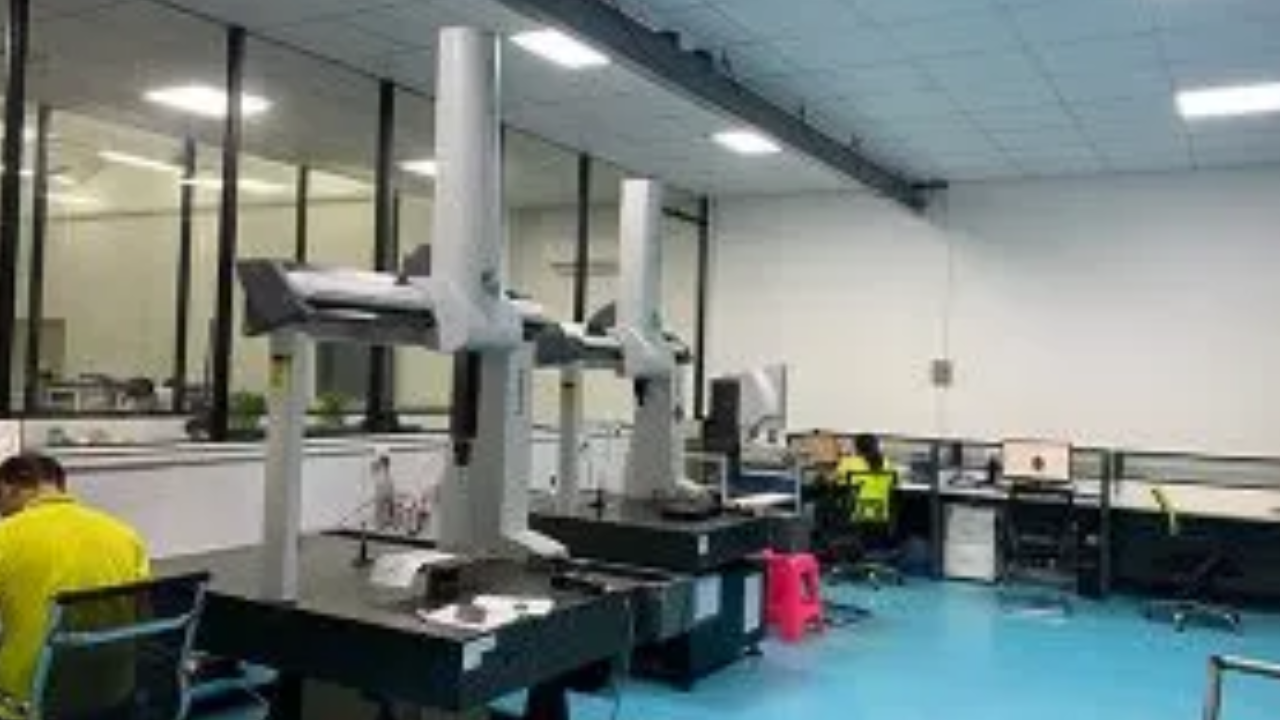In the vast world of industrial production, the manufacture of plastic molds is a pillar that enables the mass production of a wide range of plastic goods while also enabling the replication of complex designs. Creating molds out of durable materials like steel or aluminum to precisely shape and mold molten plastic into desired forms is the fundamental process behind the manufacture of plastic molds.
Injection molding is the primary method used to carry out this procedure. In this method, plastic mold manufacturing is injected into a carefully designed mold cavity, allowed to cool, and then the product is expelled. Producing a variety of products, from complex electronics industry components to common consumer goods, is made possible by the versatility of plastic mold manufacturing.
What Effect Has 3D Printing Had On The Production Of Plastic Molds?
The fabrication of plastic molds has undergone a profound change as a result of the introduction of 3D printing, sometimes referred to as additive manufacturing. Mold making has historically entailed complex machining procedures to create precise molds. By permitting the layer-by-layer fabrication of three-dimensional items directly from digital models, 3D printing has however brought about a paradigm change.
This technology has completely changed the plastic mold production industry, especially during the prototyping and design stages. Complicated molds can be quickly and affordably produced via 3D printing, enabling the exploration of elaborate shapes and complicated geometries that were before difficult to achieve using conventional techniques.
Precision Machining Help with the Creation of Plastic Molds
The foundation of the complicated dance that is the manufacture of plastic molds is precision machining. Its contribution is crucial because it ensures the precision, reproducibility, and complexity needed to make the molds that in turn form the fundamental nature of mass-produced plastic parts. Here is a thorough investigation of how precise machining is woven into the production of plastic molds:
Design Translation
The painstakingly created ideas from the digital world are made concrete through precision machining. The intricate details of the mold’s cavity and core are represented in Computer-Aided Design (CAD) models, which are then converted into detailed instructions for the machining equipment. This translation process is frequently carried out using EDM (Electrical Discharge Machining) and CNC (Computer Numerical Control) milling machines.
Material Shaping:
Raw materials, frequently made of steel or aluminum, are precisely machined into the correct shape required by the mold design. In order to achieve the required strength and durability, the material selection and its machinability are essential factors. The mold components are carved out using milling, turning, and grinding procedures with micrometer-level precision.
Mirror Imaging the Design
The mirror representations of the intended plastic object are guaranteed to be present in the mold’s cavity and core thanks to precision machining. For the finished products to be consistent and homogeneous, this precise mirroring is essential. Mold components are accurately sculpted using multi-axis CNC milling machines that closely follow CAD requirements.
Tolerances and Surface Finishes
For plastic mold manufacturing to be successful, it is essential to achieve tight tolerances and flawless surface finishes. The mold parts are manufactured with precision to guarantee that they adhere to the required tolerances and have the correct surface quality. To achieve the strict criteria imposed by the design, grinding and finishing operations smooth the surfaces of the mold component parts.
Intricate Detailing
Numerous plastic objects include delicate textures or complicated geometries as well as other sophisticated elements. To faithfully reproduce these elements in the mold and guarantee that every produced plastic part captures the desired design subtleties, precision machining is essential. EDM is especially well suited for creating fine details since it can precisely erode material in complicated patterns.
Consistency across Production Runs
Molds with amazing consistency throughout numerous production runs are made possible by precision machining. By doing this, it is ensured that each plastic item that is molded, independent of the production batch, adheres exactly to the specified design. Precision machining methods used in conjunction with stringent quality control procedures ensure production process repeatability.
Durability and Longevity
The durability and endurance of the molds are improved by precision machining combined with the right heat treatment. Over several manufacturing cycles, the machined surfaces hold up to the rigors of the injection molding process and keep their integrity. The hardness and durability of the mold components are increased through the application of heat treatment methods including quenching and tempering.
Bottom Lines
Plastic mold production, with its complicated balancing act of design, material science, and precision engineering, is a crucial component of our industrial fabric. Plastic mold manufacturing remains a dynamic industry influencing how we conceptualize, create, and build plastic items that touch every aspect of our lives as innovations keep developing and pushing the boundaries of what is possible.

